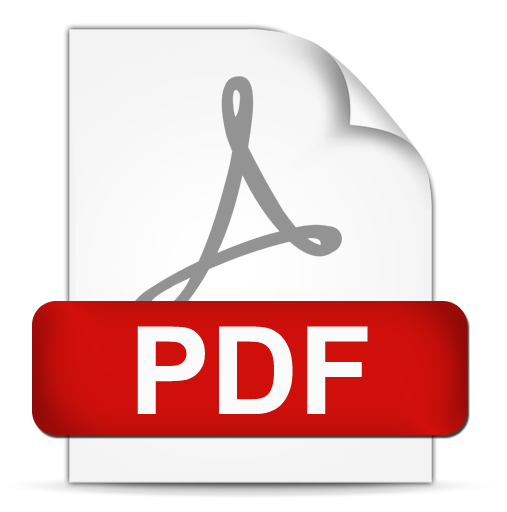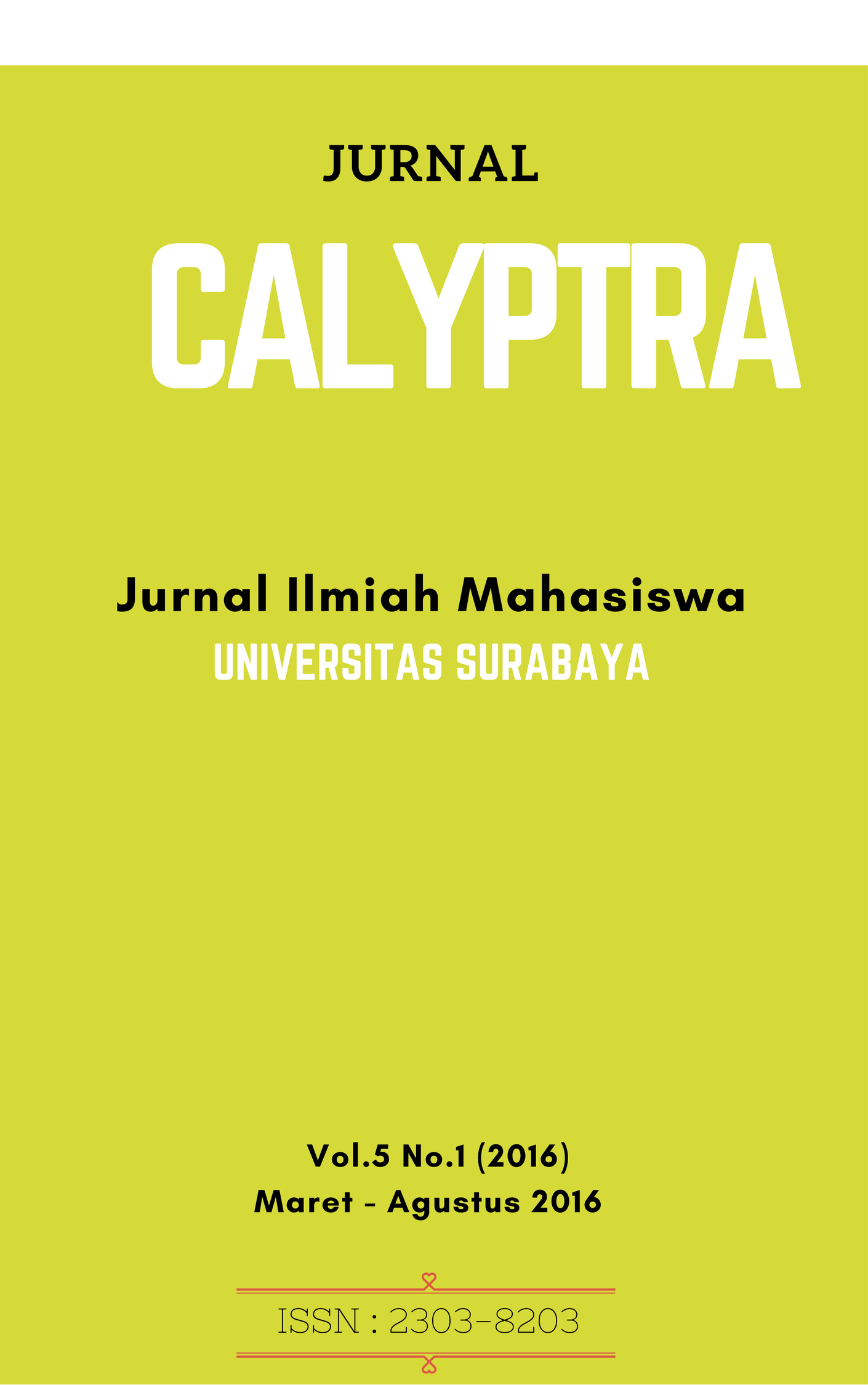CONSUMER MOTIVATION OF HAVING A BLACK-COLOR CAR IN SURABAYA AREA
 Abstract Views:
111 times
Abstract Views:
111 times
 PDF - FULL TEXT Downloads:
189 times
PDF - FULL TEXT Downloads:
189 times
Abstract
Di Indonesia khususnya Surabaya, tren dalam pembelian mobil penumpang telah meningkat seiring dengan pertumbuhan negara secara keseluruhan. Banyak hal yang membentuk sebuah pilihan pada mobil penumpang seperti merek, model, alokasi biaya dan pemilihan warna. Mobil berwarna hitam telah menjadi pilihan para konsumer secara dominan untuk waktu yang sangat lama dan sampai sekarang masih menjadi pilihan warna teratas. Secara kontroversial, mobil berwarna hitam juga menjadi warna mobil yang paling susah untuk dirawat oleh pemilik mobil itu tersendiri. Karya ilmiah ini akan mencari tahu tentang motivasi konsumer tentang motivasinya untuk mempunyai mobil berwarna hitam meskipun banyak usaha ekstra yang dibutuhkan dengan menggunakan teori ekspektansi Vroom. Hasil menunjukan bahwa konsumer mendapatkan keuntungan lebih dari mobil warna hitam seperti mencerminkan status personalnya, harga jual kembali yang lebih baik, dll yang jauh melebihi usaha yang dibutuhkan untuk mempunyai mobil berwarna hitam. Penemuan ini pada akhirnya dapat digunakan sebagai informasi oleh tim marketing untuk mendapatkan pemahaman yang lebih baik dalam perilaku konsumer.
Downloads
References
Al-Jeraisy (2008), “Consumer Behavior: An Analytical Study of The Saudi Family’s Purchase Intention”, King Fadh National Library: Saudi Arabia, ISBN: 978-603-00-0680-9
Amoako (2011), “Application of Frederick Herzberg’s Two-Factor Theory in Assessing and Understanding Employee Motivation at Work: A Ghanaian Perspective”, European Journal of Business and Management Vol 3, No. 9, 2011, ISSN: 2222-2839
Andersone&GaileSarkane (2010).“Consumer Expectancy Theory for Business”, 6th International Scientific Conference May 13-14, 2010, Vilnius, Lithuania. ISSN: 2029-4441
Boonlertvanich (2009), “Consumer Buying and Decision Making Behavior of a Digital Camera in Thailand”, RU. Int. J Vol. 3 (1) 2009
Dima I.C et al (2010), “Use of Abraham Maslow’s Motivation Theory for Setting Consumer’s Satisfaction – Non Satisfaction”, Polish Journal of Management Studies Vol. 2 2010
Durmaz&Diyarbakirlioglu (2011), “A Theoritical Approach to the Strenght of Motivation in Customer Behavior”, Global Journal of Human Social Science, Volume 11 Issue 10 Version 1.0 December 2011, ISSN: 0975-587X
Geren (2011).“ Motivation: Chinese Theoritical Perspective”, Journal of Behavioral Studies in Business Vol. 3 April 2011
Huitt (2007),“Maslow's hierarchy of needs. Educational Psychology Interactive”, Valdosta, GA: Valdosta State University
Johnson (2010), “Making Domestic Violence Arrests: A Test of Expectancy Theory”, Policing: An International Journal of Policies Strategies & Management, Vol. 33 Iss: 3 pp531 – 547
Kates (2009), “Study of Multicultural Color Preferences”, Florida State University College of Communication.
Kaufmann et al (1994), “Motivation, Management, and Marketing – An Eastern German Study”, European Business Review, Vol. 94 Iss: 5 pp. 38 – 48
Kay (2003), “Consumer Motivation in a Tourism Context: Continuing the Work of Maslow, Rokeach, Vroom, Deci, Haley, and Others”, ANZMAC 2003 Conference Proceeding
Lee (2007), “Vroom's expectancy theory and the public library customer motivation model”, Library Review, Vol. 56 Iss: 9 pp. 788 – 796
- Articles published in CALYPTRA are licensed under a Creative Commons Attribution-ShareAlike 4.0 International license. You are free to copy, transform, or redistribute articles for any lawful purpose in any medium, provided you give appropriate credit to the original author(s) and the journal, link to the license, indicate if changes were made, and redistribute any derivative work under the same license.
- Copyright on articles is retained by the respective author(s), without restrictions. A non-exclusive license is granted to CALYPTRA to publish the article and identify itself as its original publisher, along with the commercial right to include the article in a hardcopy issue for sale to libraries and individuals.
- By publishing in CALYPTRA, authors grant any third party the right to use their article to the extent provided by the Creative Commons Attribution-ShareAlike 4.0 International license.



